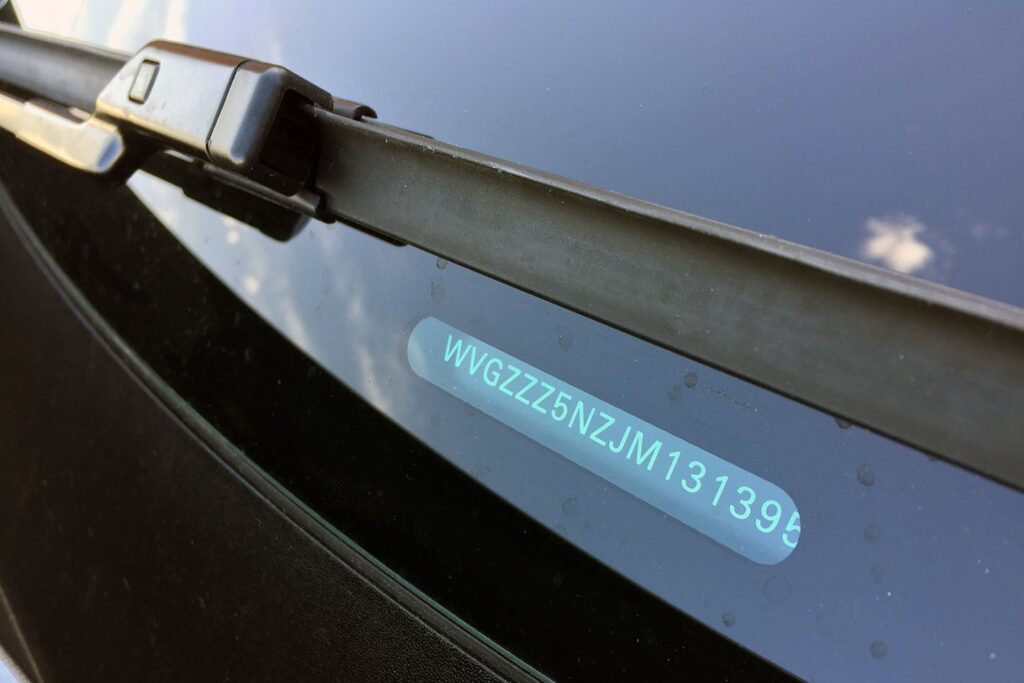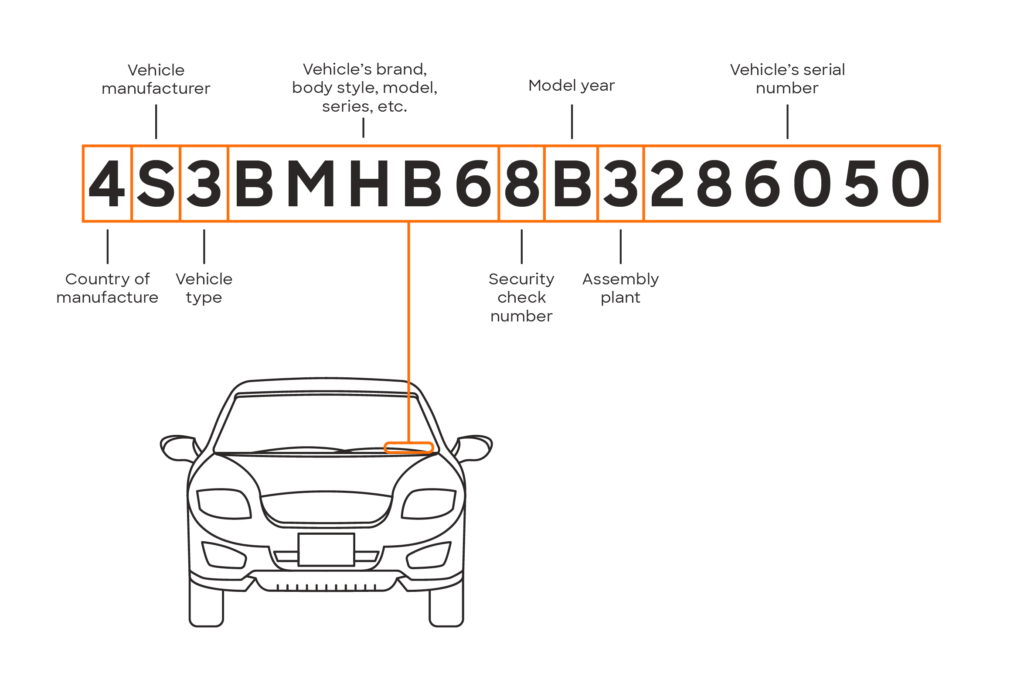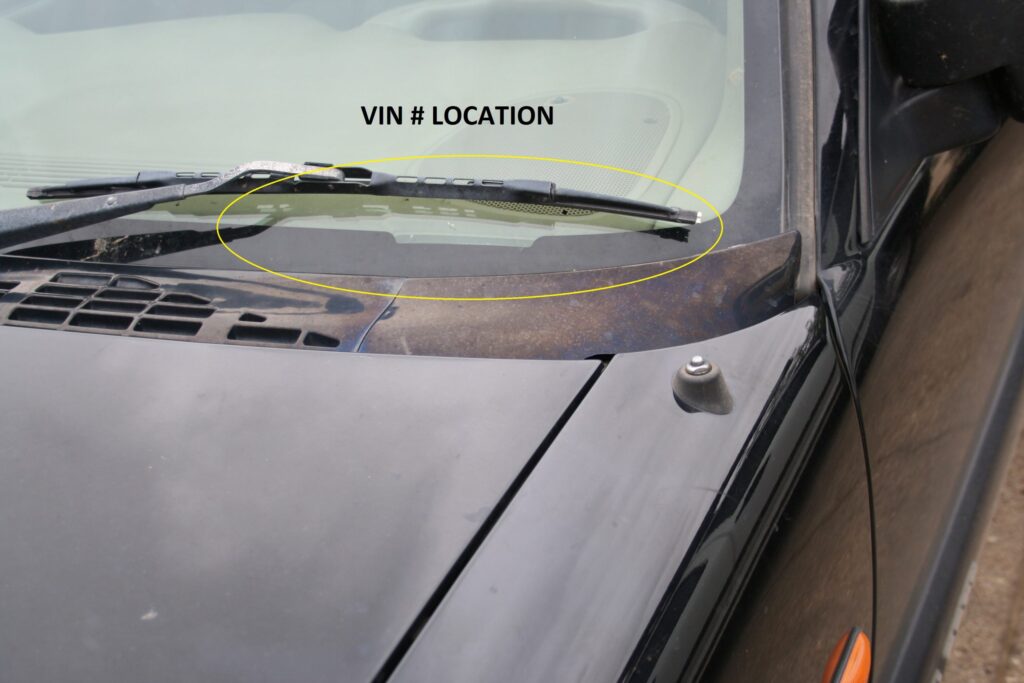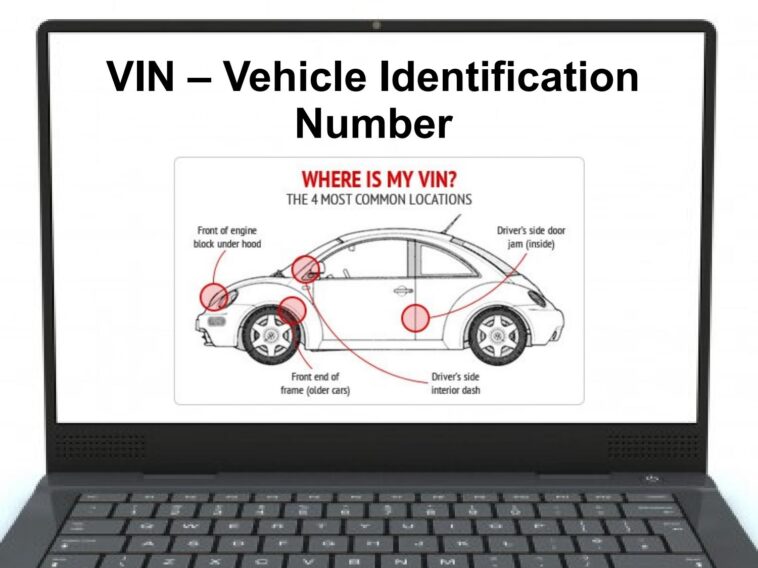Every vehicle has its own unique VIN (vehicle identification number). This 17-digit “code” contains useful information on your vehicle, so wanting to decipher it is only natural. However, understanding your VIN can seem a bit intimidating at first. Those numbers and letters may seem completely random at first, especially if it’s your first time being interested in reading your VIN.
Therefore, in this article, we’ll save you the trouble of researching the topic for hours on end by providing you with a concise overview of everything you need to know about VIN decoding!
So, without any further ado, let’s get to the bottom of it!
What is a Vehicle identification number and how do I know if I have one?

As we already mentioned, VIN is an important number that stores valuable data on our cars, trucks, SUVs, and any other types of transport. Every car has one: you’re no exception.
Reading these numbers is nothing overly complex, but the information that you need to “pull out” out of seemingly randomized data can be incredibly frustrating.
Still, knowing how to understand the code can be quite beneficial in some situations. For example, if you’re buying a used car, the seller might try telling you that the model is a bit newer than it actually is. So, you, who knows how to read those coded descriptions can now get a fairer price as you’ll have all the facts at your side.
Where can I find my VIN?

Now, this depends on the type of vehicle and the model you’re driving. We recommend checking the manufacturer’s manual you’ve gotten when you first bought your vehicle.
Still, you can usually find the identification number somewhere around the bottom of your windshield (the driver’s side). Remember, the code should have 17 digits, it should be easily recognizable and it should never contain letters “I”, “O” or “Q” (they’re not used in the system).
If for some reason, you still cannot find your VIN in the mentioned places, we suggest contacting your supplier for more info. Some newer car/truck models will have their VINs stored within an electronic device (security reasons). Once you find the number, remember to snap a photo so you don’t have to go up to your car every time you need your vehicle id number.
Overall, finding a VIN number on a car is nothing too complex. Check the above-mentioned places or look for specific info online.
Digits 1-3 (WMI)
The first three digits are collectively called the WMI, which stands for World Manufacturer Identifier. As the name suggests, this part of the vehicle identification number tells you more about the manufacturer and the factory that produced your car.
The first digit or letter specifically identifies the country of origin. For example, if your VIN starts with 1,4, or 5 your car has been manufactured in the United States. Or, if it starts with J it means your car comes from Japan.
When it comes to the second digit, it gives out information about the manufacturer. For instance, “A” usually means Audi, B is BMW, and so on and so on. Sometimes two manufacturers can actually share the same identifier, but don’t let that confuse you: as long as you know how to decode the third digit, everything will make sense.
The third element indicates the vehicle type or its manufacturing division. The easiest way you can read this is by simply looking up your WMI online. You can find a complete list of WMIs on Wikipedia, but Googling the WMI you see on your sticker should lead you to the answer more quickly.
Digits 4-8
These four digits can tell you about the technical aspects of your car (model, transmission type, engine, etc.). As these are a bit more complex to decode, we suggest you try out a VIN decoding service such as vinreport.io to simplify the process. Besides, these types of services can provide you with a free vehicle history report by VIN number, which can be incredibly useful if you’re looking to sell or buy a vehicle.
If you still want to decode these yourself instead of using the VIN number lookup services, we suggest you start googling or ask an industry expert for the best possible result.
Digit number 9
The 9th digit deserves its own “special” place as it serves a special role. It’s called a check digit, and it’s used for detecting invalid VINs. While it does look random at first glance, it’s actually based on a precise mathematical formula to ensure the entire system is functioning properly.
Digits 10-17
Lastly, digits from 10 through 17 serve as vehicle identifiers. Every automaker has its own set of plant codes. Digit number 11, for example, indicates the exact manufacturing plant where the car was assembled. From 12 to 17 is what a vehicle gets while rolling through the production lines.
As you can see, these aren’t the most informative chunks of data. Even if you manage to decode the entirety of your vehicle identification number, you might not be able to find the info you need. That’s why hiring a professional to do it for you is always the better option.
Is there another way?

We’ve already mentioned this before, but getting industry experts to analyze the VIN is a faster and more reliable way of “decoding” it. This is especially important if you’re about to buy a new car.
Vehicle identification numbers are only useful if they’re analyzed properly. Decoding the number is useless if you’re not knowledgeable about the industry. Still, it’s good to know how to at least read it the case you lack some of the abovementioned data.
The bottom line
Overall, learning how to decode your vehicle identification number is nothing too complicated. All you need to do is to google the parts of the code until you’re able to understand the entire number accurately.
If you’re looking for a more detailed report based on your vehicle identification number, we suggest you simply consult with some industry professionals.




